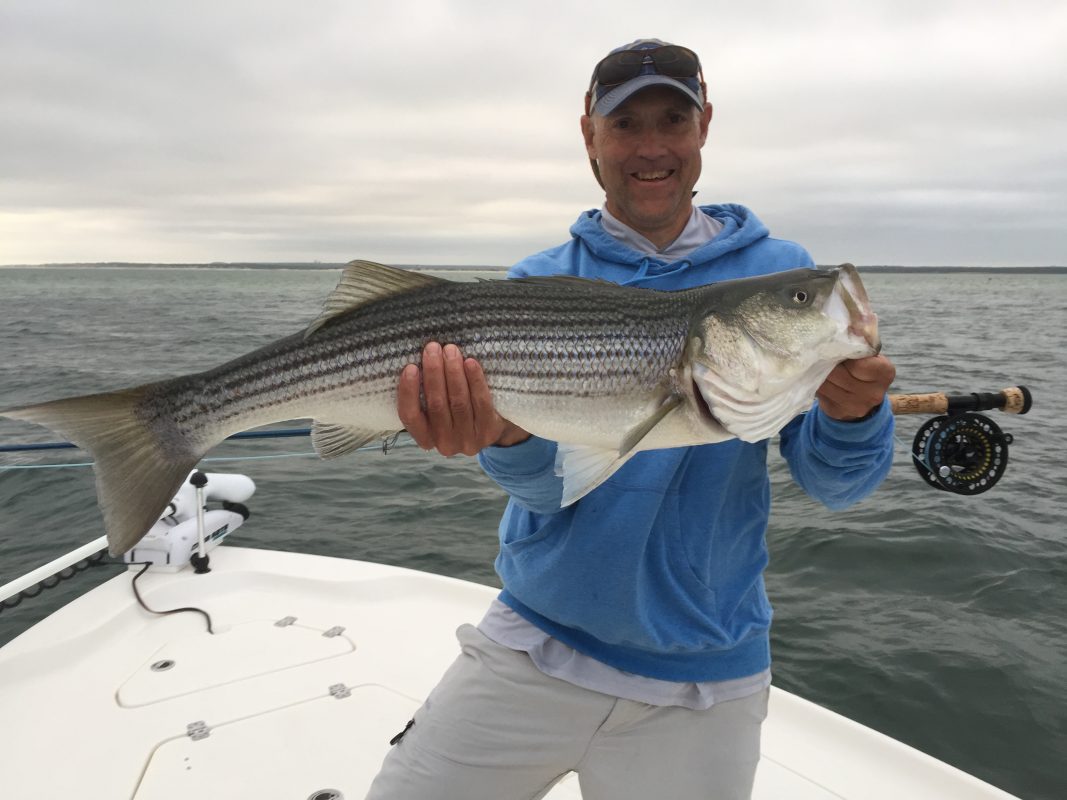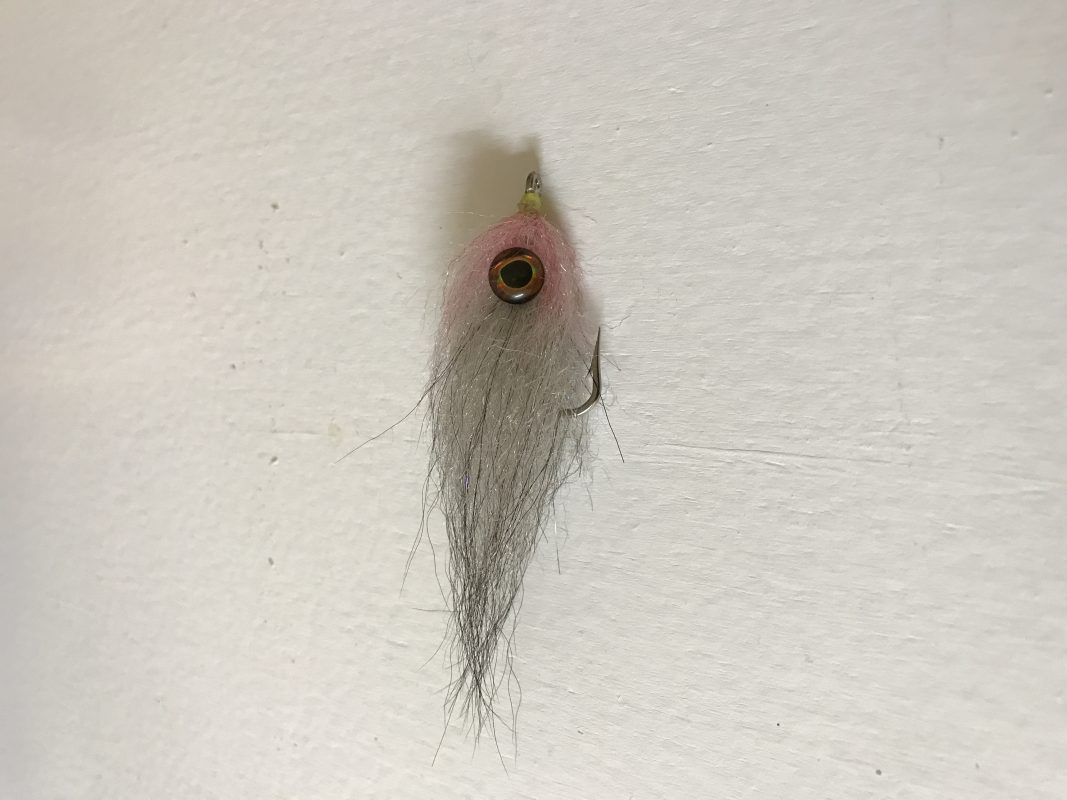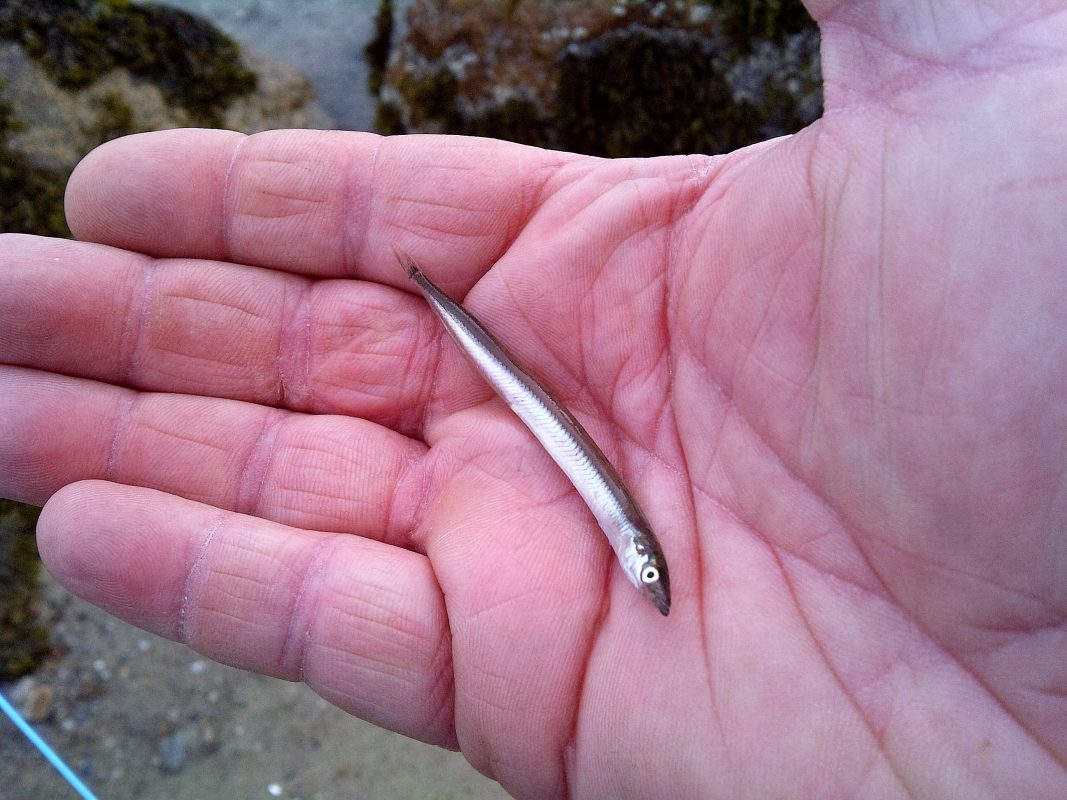By Captain John Curry
Ok so “match the hatch” is a freshwater fly fishing term. So what is a saltwater fly guide doing talking about “the hatch”? Like most of us who grew up floating small dry flies on a clear flowing creek, we were always taught to match our fly patterns to what the fish 


on a 2/0 hook. Have a Go-To Fly. F o r me it’s a small Squid pattern. Small Squid are like candy to a Striper. I always have an assortment of these flies and when it’s a slow day it usually saves the charter with bent rods. I hope this article gets you to mix things up this coming season. Learn your baitfish seasonal patterns and try and stay ahead of when you think they’ll show up. More importantly make sure you stand out in the crowd.
Capt. John Curry can be reached at www.capefishing.net or jtcurry77@gmail.com.